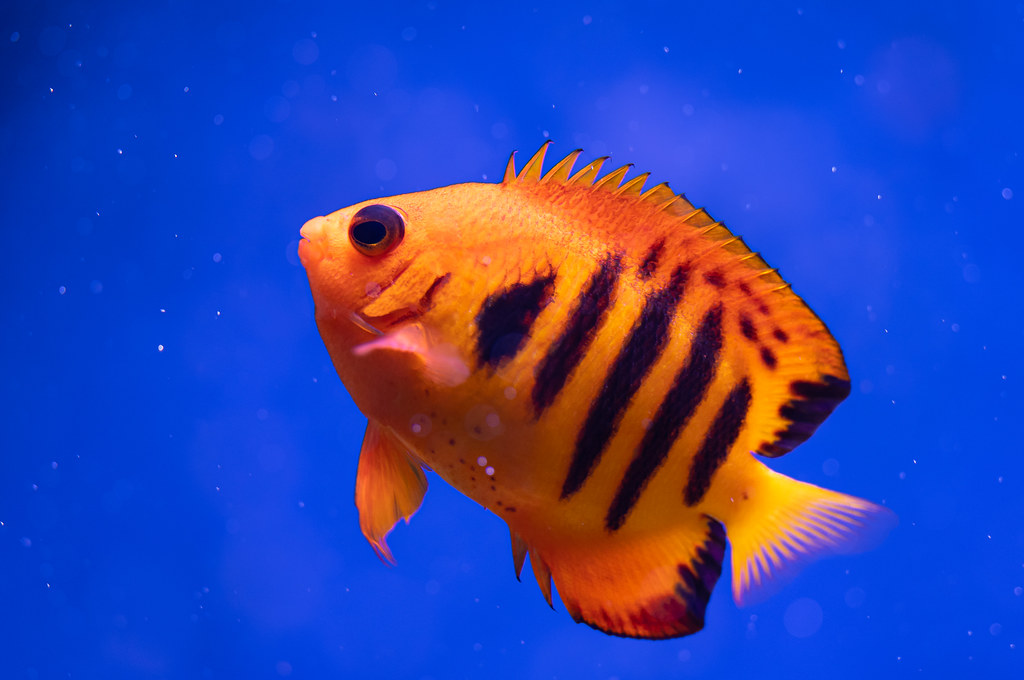#flame angelfish
Animal Crossing Fish - Explained #183
Brought to you by a marine biologist going back to saltwater…
CLICK HERE FOR THE AC FISH EXPLAINED MASTERPOST!
Okay, that’s enough freshwater for a little bit. Let’s get back to the ocean, where most fishies live (that’s not to say that freshwater fish aren’t amazing in their own right). Of course, we’ll be visiting the tropical coral reefs for our next few fish. Today we cover the aptly named Flame Angelfish.

Only appearing in pocket camp for a limited time in September of 2020, players could fish for this guy at Saltwater Shores. You may think the icon above is exaggerating those colors, but it’s not! The Flame Angelfish is one of the most vibrantly colored residents of the coral reef.
The Flame Angel is named to species - Centropyge loricula. It is a part of the Family Pomacanthidae, or the marine angelfish. The family itself is often placed in the Perciformes, the Order that comprises the greatest number of fish species. However, some taxonomists think they would belong in other orders, and some just say they are Incertae sedis right now, or that no one can agree where they go. I’m sure the fish don’t care.

By Andreas März from Darmstadt, Germany - 20120205-WJ7U0356_Lr, CC BY 2.0, https://commons.wikimedia.org/w/index.php?curid=21496392
Like some of the fish we have covered, the Flame Angel is a hermaphrodite - every single one is born a female, and they switch to being males when they find themselves the largest one in the group. These guys will swim in harems from 3 to 7 individuals, and both male and female are impeccably dressed.
Of course, there is stiff competition for the most lavish, most colorful fish on the tropical coral reef. The place is just bursting with color, no matter what phylum you belong. I’ve been asked quite a few times why that is. Why is everyone on the coral reef dressed to the nines? It may be because of the complexity of the habitat they inhabit. Fish and invertebrates living in this environment actually hide better being that vibrant against such a backdrop because they employ disruptive camouflage. Just like the zebra, these patterns of color disrupt the shape of the fish, and, when schooling, can make it really hard for a predator to target an individual. What’s more, corals thrive in clear water, making visual acuity super important to most things that call the day time coral reef home. That means that visual displays, signals, and color play a vital role in these animals’ lives. When you live such a life, it’s always a struggle between two fundamental questions: “Can my predators/prey see me?” and “Can my mate see me?” Most of the time, the needs to mate and to not-die are at odd, but on the coral reef, they actually agree, so everyone can go hog wild on their colors and patterns.
If you’d like to read more about this, read this article I used to help craft this AC Fish Explained!
And there you have it. Fascinating stuff, no?

Next series of fish species poster!
I might have them on my redbubble shop

